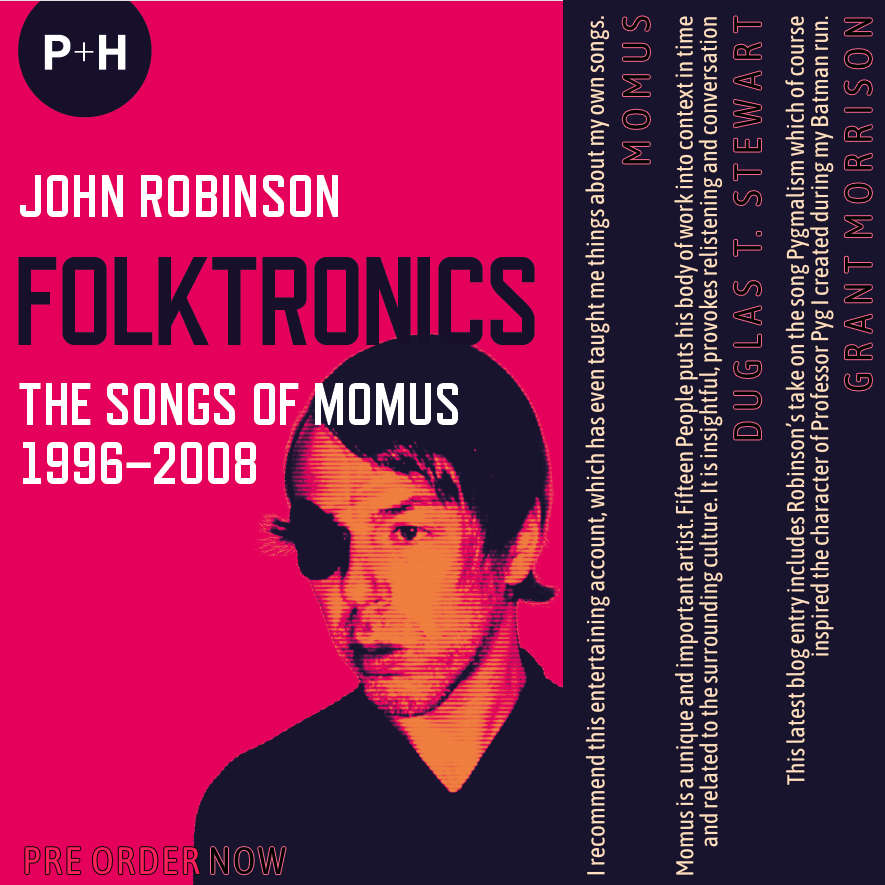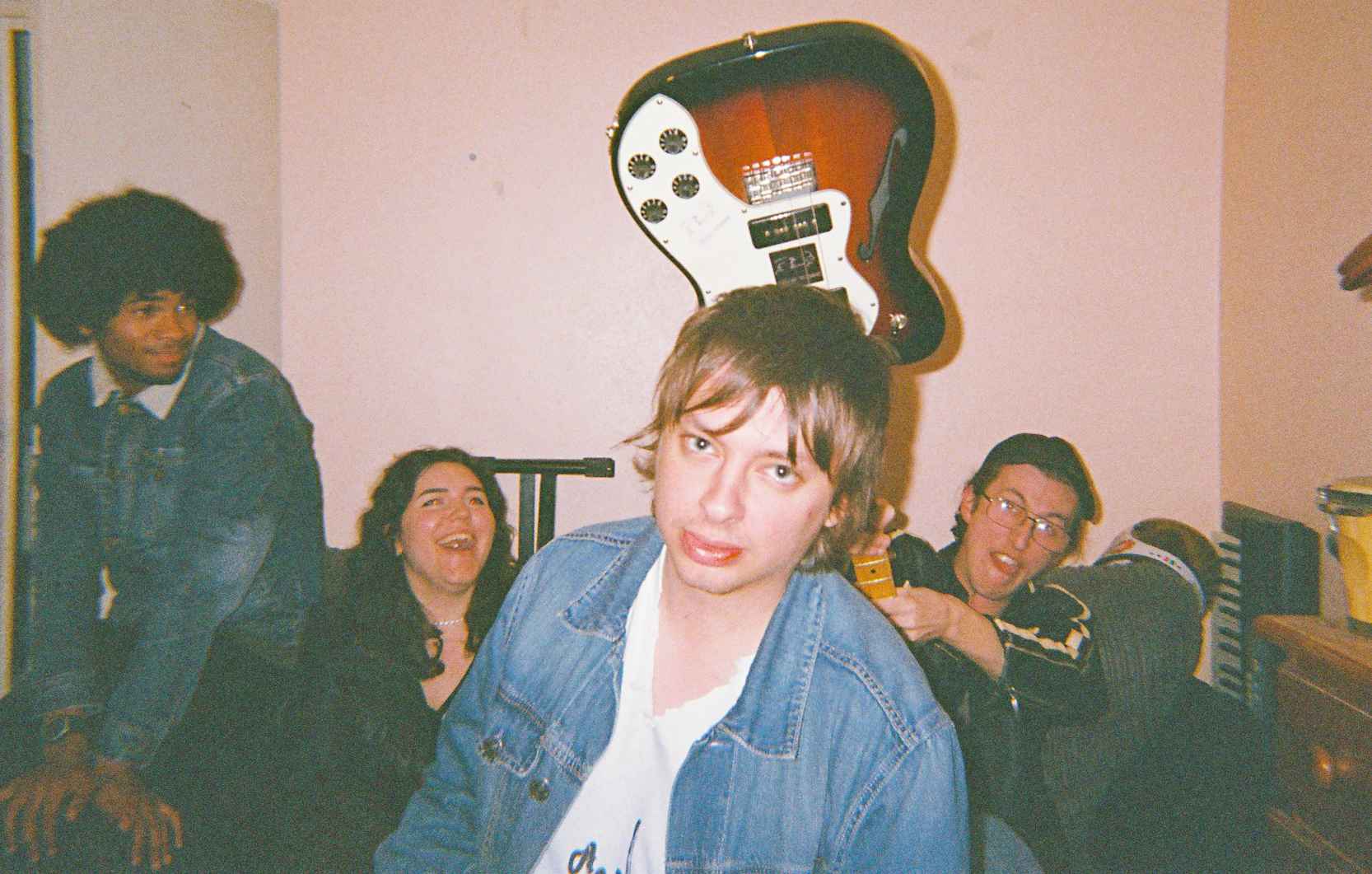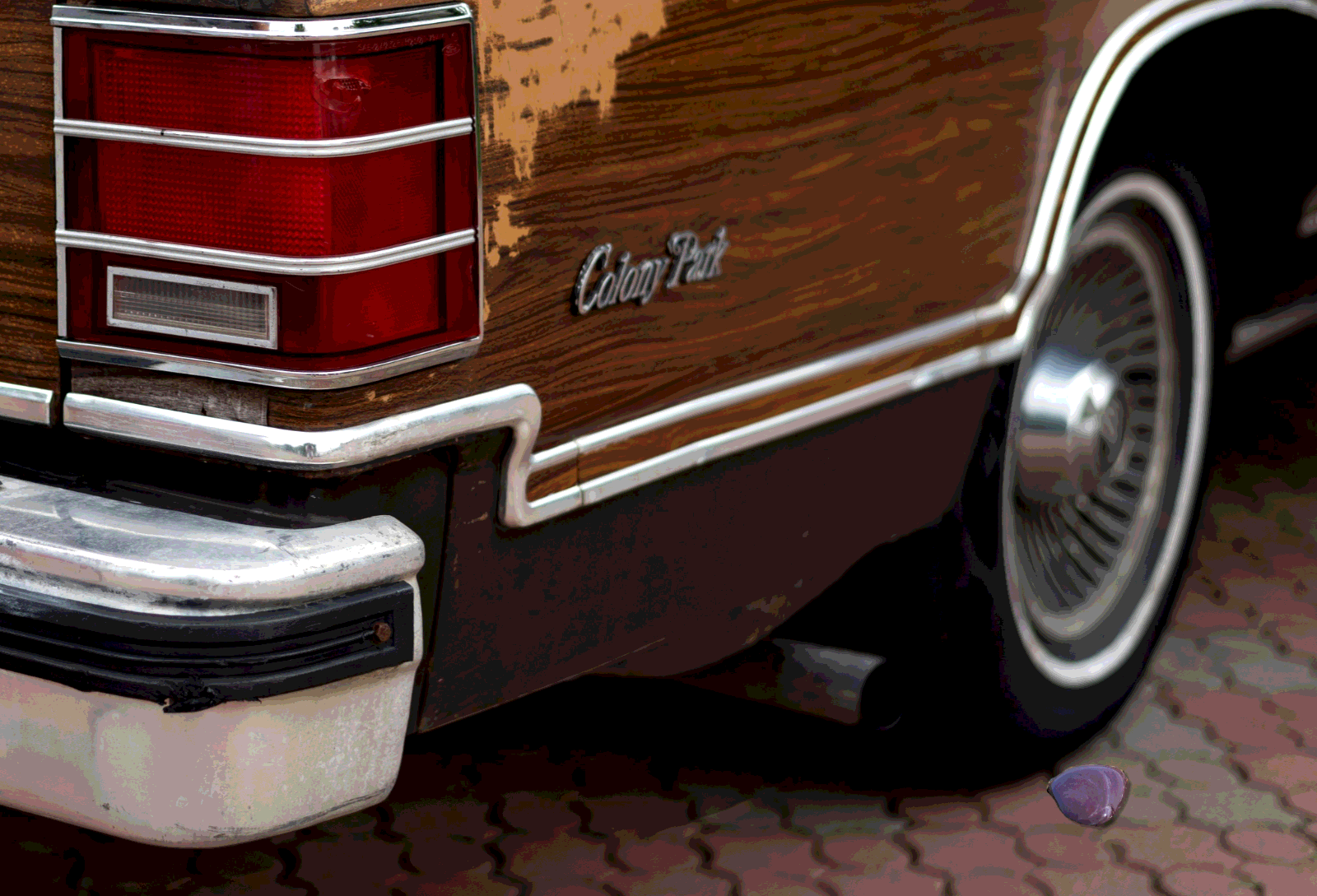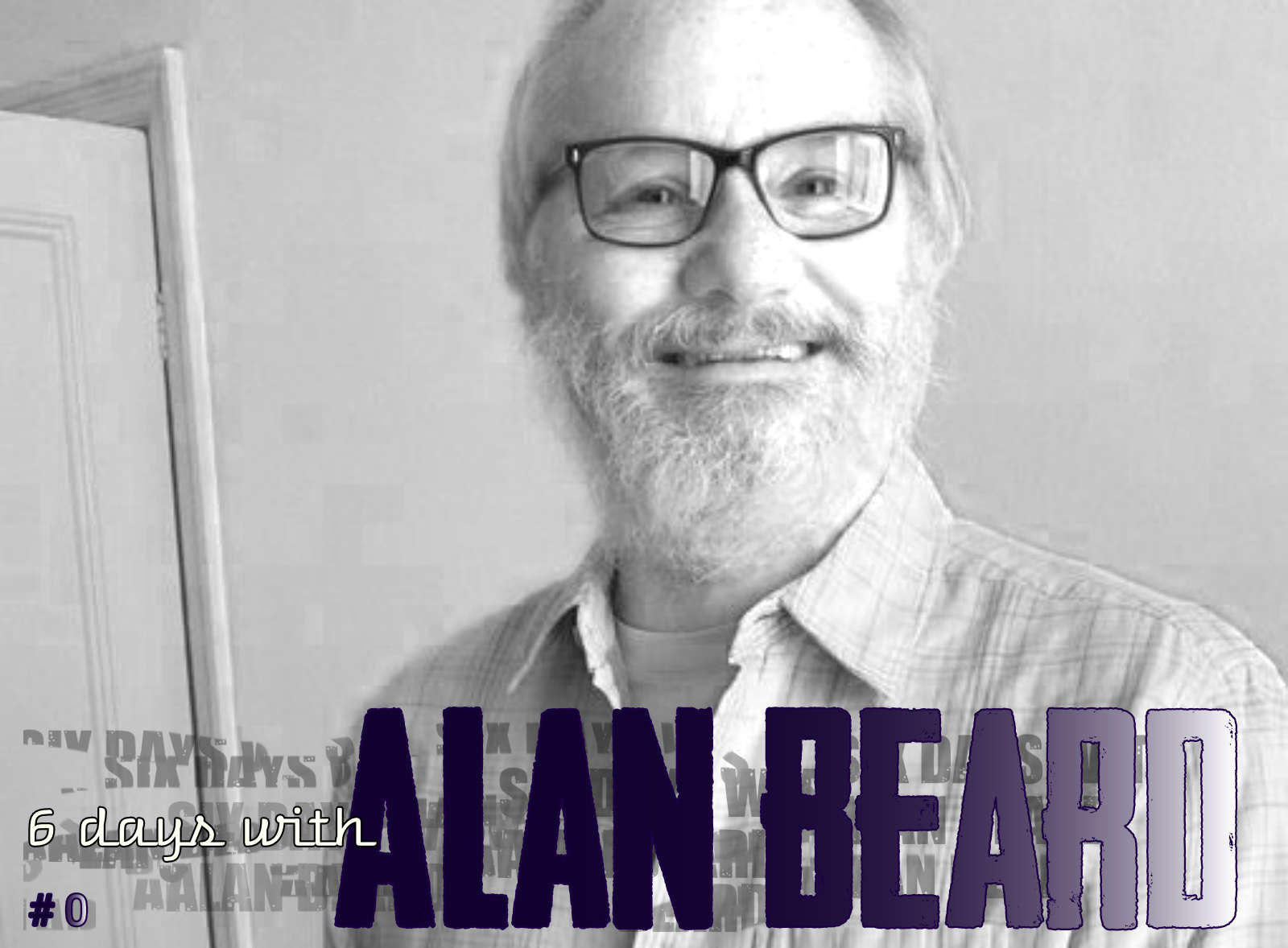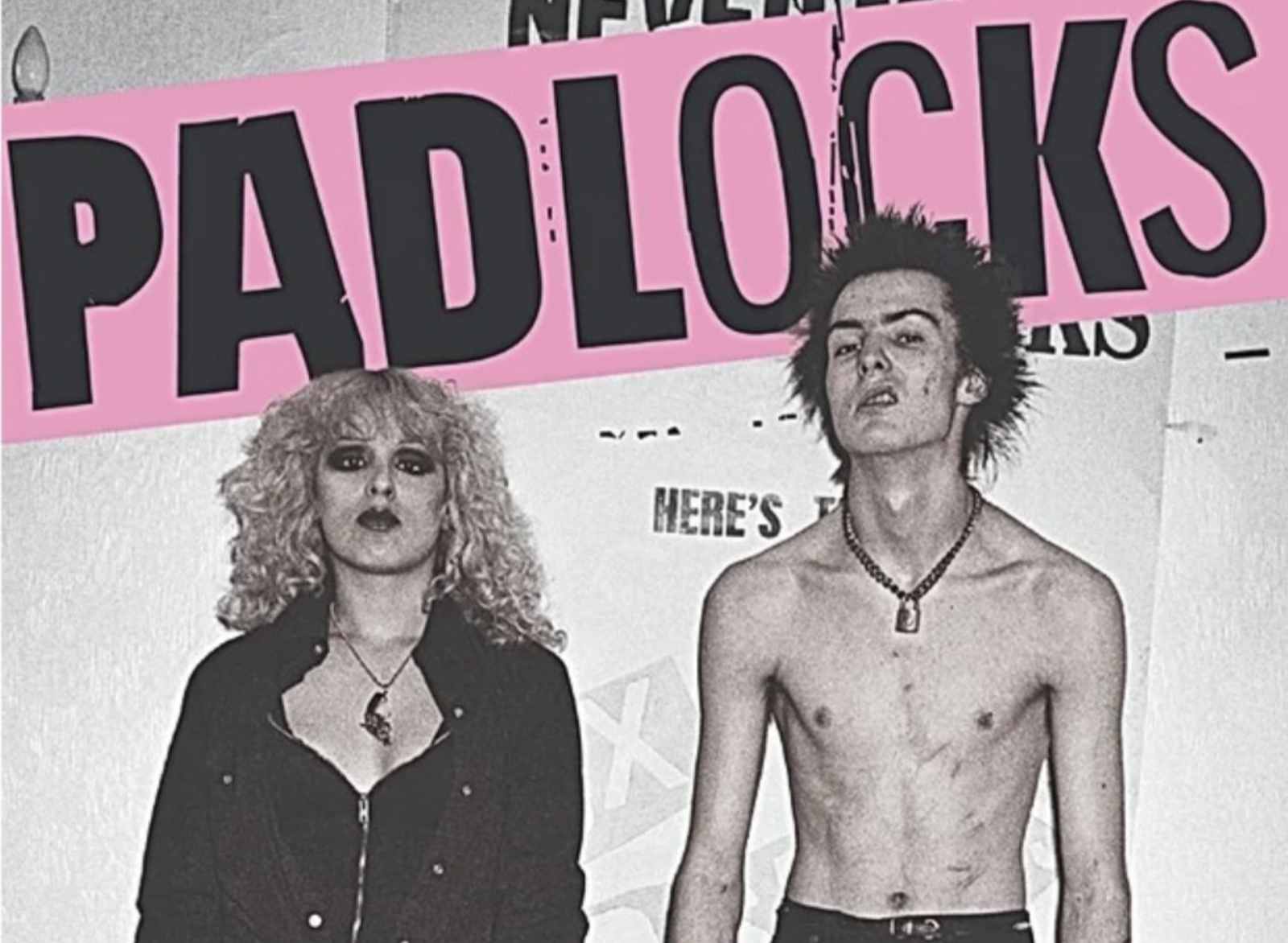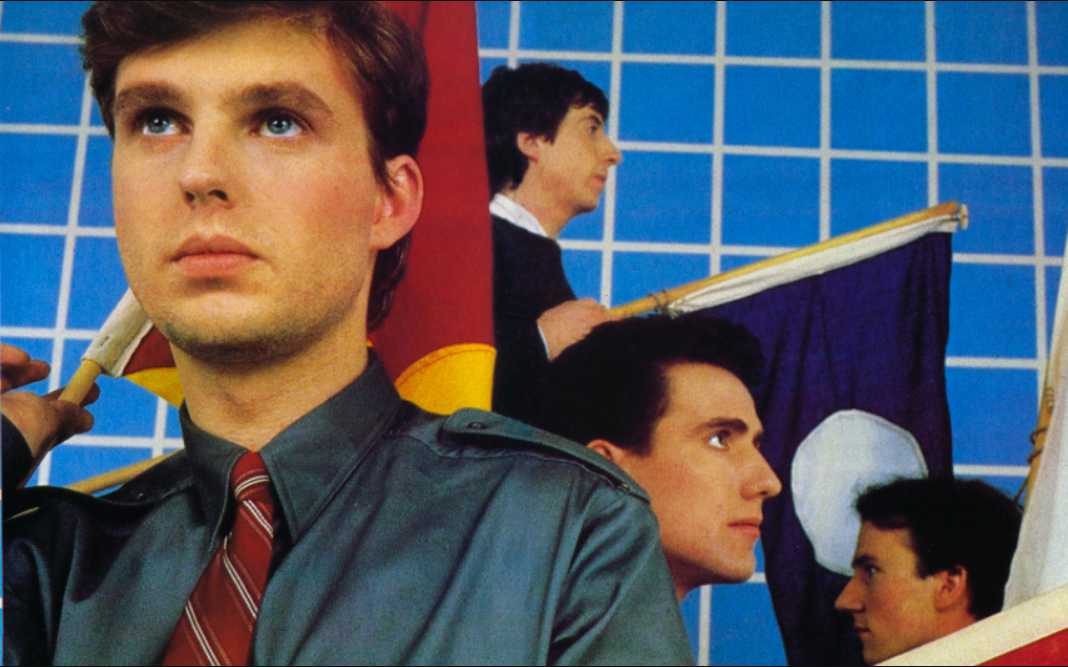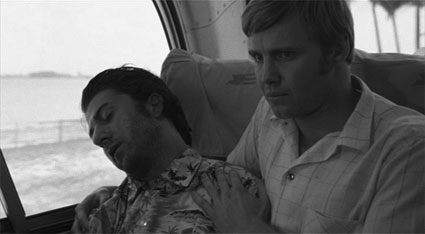March sees Rio de Janeiro commemorating its 469th anniversary. Let’s delve into the beauty that allures gringos over summer. Between the black and white colours in the pavement, there are many shades. This blended with the jungle concretrees and shadows dance beneath the sun's rays. Rio de Janeiro is way more than women, Carnaval, beaches, football; it is one of the cultural cribs of Brazil, if not the world.
According to English ears, the Brazilian accent carries a distinct musicality, reminiscent of the rhythms found in the Carioca accent. This melodic quality is deeply rooted in the history of Rio de Janeiro, the former capital of Brazil, and the rhythms reflects on strollers in the black and white patterns adorning the pavement.
A valuable reminder is to avoid generalizations and refrain from portraying an entire culturally rich and vast country like Brazil (8.51 million km²) based solely on a 1200 km² city like Rio de Janeiro that serves as a melting pot of cultures.
Rio de Janeiro’s heart
Rio de Janeiro’s heart gave birth to its own samba. This genre accompanied freed slaves who migrated to Brazil’s former capital in search of employment opportunities. Finding a vibrant cultural expression, these communities created a home despite facing exclusionary policies and social practices. Samba thrived, particularly in the households of elderly Black women from Bahia, affectionately known as “tias,” and in sacred spaces called “terreiros,” where Afro-Brazilian practices such as Capoeira, Candomblé, and Umbanda were celebrated. However, these gatherings often attracted police attention due to unjust laws rooted in veiled racism and bias. For example, the 'vagrancy law' allowed the arrest of individuals engaged in African cultural activities, including possession of percussion instruments. Despite such oppression, the Black community exhibited remarkable resilience and resistance. In the city centre, samba evolved across generations and social groups, eventually becoming the revered beats of Carnaval at Sapucaí and the bohemian Lapa nights.
Rio de Janeiro’s Brain
The south of Rio de Janeiro, often dubbed as a paradise for tourists and the playground of the city's privileged social classes, is synonymous with monetary power and luxury. In the 1950s, this region became the cradle of bossa nova, an emerging genre birthed by young musicians from Rio's middle class. Their gatherings were characterized by experimentation and innovation, leading to a fusion of samba and American jazz. Bossa nova is marked by its simplicity, mirroring Brazil's urbanization and industrialization, though it was initially associated with the elite. João Gilberto solidified the genre in 1958 with a groundbreaking reinterpretation of "Desafinado," introducing modifications to its rhythm and beat. Tom Jobim contributed to the movement by infusing it with refined harmonies, co-composing the iconic "Garota de Ipanema" with Vinícius de Moraes in 1962. Other notable figures in the genre include Nara Leão, Elis Regina, Marysa Matarazzo. The onset of the military dictatorship in 1964 marked a turning point, leading to the emergence of Brazilian Popular Music (MPB), which drew heavily from bossa nova. Serving as an intelligent, ironic, and resistant response to the military coup, MPB continued the legacy of bossa nova while embracing new influences and themes, traditionally based on the Brazilian folklore and popular culture.
The rhythm of the 1950s in Rio de Janeiro wasn't confined to the city's elite circles. Radio broadcaster Big Boy (1943-1977) played a pivotal role by promoting 'Bailes da Pesada' at Canecão, featuring a fusion of rock, soul, groove, and funk. These events became popular among the city's Black youth and were famously known as the Black soul parties. This movement gave rise to Black Rio, a countercultural phenomenon where young Black individuals adopted Afro-American fashions and attitudes. The movement posed a threat to the all-white military dictatorship in power at the time, as they feared the spread of Black Power ideologies in a country with the largest Black population outside of Africa. Funk officially made its mark in Brazil during the 1970s, captivating, respected musicians like Tim Maia (1943-1998) and Tony Tornado (1970), who seamlessly blended American funk with Brazilian rhythms. Over the years, the genre evolved into "Carioca funk" in the 1980s, further solidifying its place in the country's musical landscape.
Carioca Funk originates from the favelas of Rio de Janeiro, blending Funk Music, Hip Hop, and RAP along with various subgenres. In these areas where musical styles converge, social classes often clash, highlighting the prevalent inequality. Beyond being merely a musical style, Carioca Funk represents a cultural movement that emerged from marginalized communities. It provides a platform for favela residents to express their realities and experiences, offering them a voice in a society that often neglects them. Through its music, dance, and cultural expressions, Funk becomes a means for individuals to escape lives of crime and find accessible avenues for self-expression. Despite its significance, the genre faces persistent stigma due to its origins, yet it resonates beyond the favelas, reaching parties and clubs across the country and even beyond its borders. Moreover, Carioca Funk is experiencing a diverse resurgence, with initiatives empowering women as subjects rather than perpetuating their objectification.
In the 1980s, Rio de Janeiro's Carioca rock scene flourished, symbolized by Christ the Redeemer opening its arms to embrace the city's vibrant musical culture. In the southern region, numerous pioneering bands emerged, including Barão Vermelho, Blitz, Kid Abelha, and Paralamas do Sucesso. These bands crafted a unique sound influenced by a fusion of international and Brazilian rock elements. Moreover, this era saw the rise of iconic figures such as Renato Russo and Cássia Eller, who left an indelible mark on Brazilian music. Together, these artists paved the way for the alternative music scene of the late 1990s, epitomized by bands like Los Hermanos. Rio de Janeiro's musical legacy was further immortalized during the inaugural Rock in Rio festival in 1984. The background of Freddie Mercury’s endearing memory during “Love of My Life," when the audience sang along with him and transcended barriers.
Rio de Janeiro’s lungs
The north of Rio de Janeiro is renowned for its working-class communities and is historically significant as the birthplace of choro, the first distinctly Brazilian genre of urban popular music. Choro is the culmination of Carioca musicians blending various European dance forms such as polka, schottische, waltz, mazurka, and habanera with African rhythms like lundu and batuque. Initially, it served as accompaniment to the Maxixe, known as the Brazilian tango. Emerging in the 1880s to 1920s, choro was popularized by informal groups of friends who played at parties, pubs, streets, and home balls. Its mainstream success surged with the advent of radio and television, captivating a broader audience. Traditionally, choro ensembles consisted of a trio comprising flute, cavaquinho, and acoustic guitar, but over time, other instruments have been incorporated, enriching its musical texture and diversity.
During the 1970s and 1980s, pagode emerged as a vibrant complement to the samba landscape in the northern region of Rio de Janeiro. Much like samba, which stemmed from informal gatherings, pagode evolved with refined melodies, innovative harmonies, and intricate percussion. The incorporation of new instruments like the banjo, tantan, repique, samplers, and keyboards added depth and variety to the musical palette, enhancing the richness of the genre.
Christ the Redeemer’s arms
While the western and eastern sides lack characteristic musical genres, these neighbourhoods embody a fusion of socioeconomic backgrounds, ranging from working-class to affluent communities. Nevertheless, they boast cultural diversity and serve as breeding grounds for a variety of musical styles and talents, originating from the diverse peoples that contribute to Brazil's identity. Their musical traditions are carried with them wherever they migrate or immigrate, enriching the cultural landscape of Brazil in the overall. Christ the Redeemer is always with the arms open to upcoming rhythms and new stories to (re)tell.





